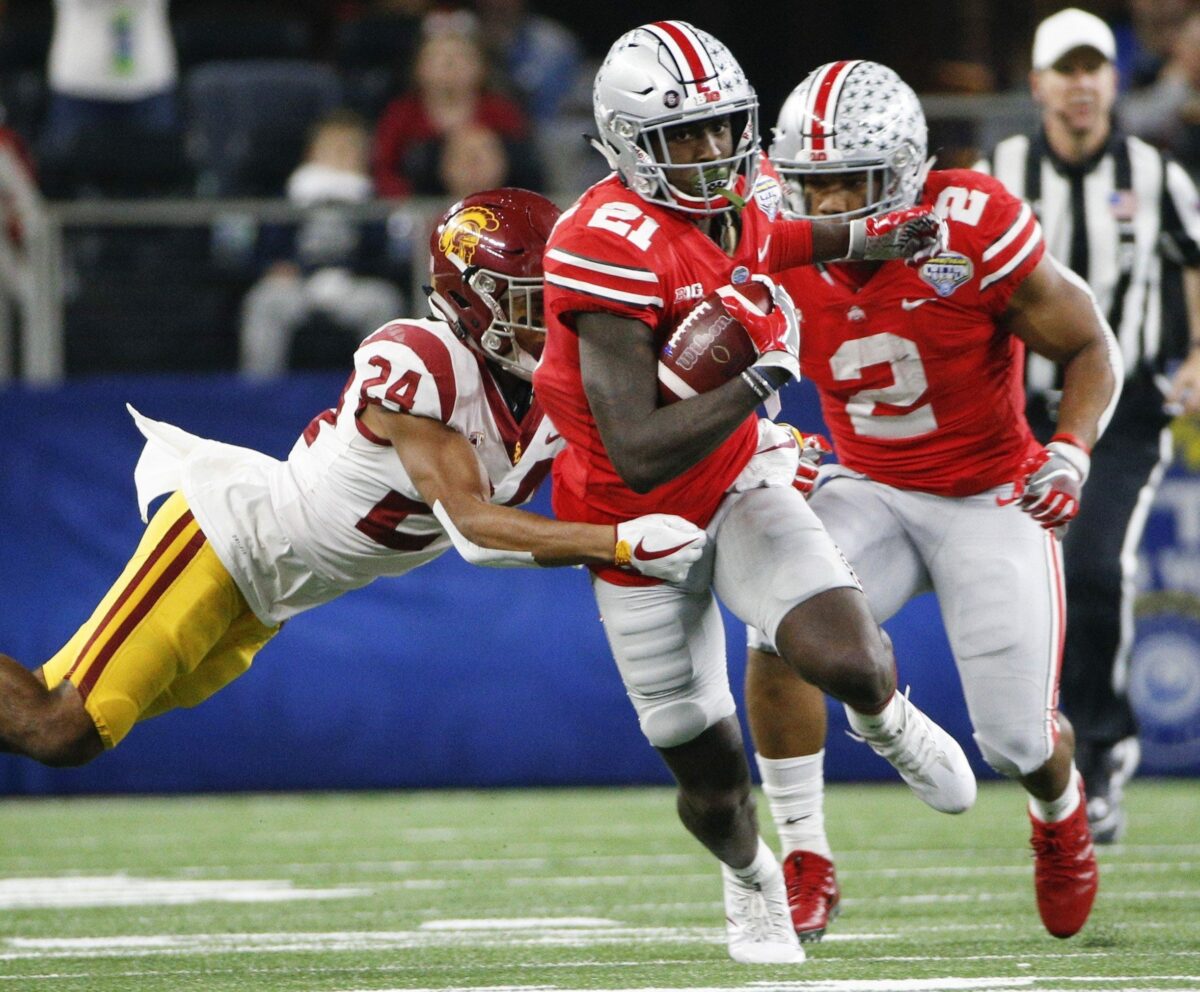The Big Ten is expanding once again and now sits well north of the ten teams that its conference branding would suggest (BIG indeed). With the additions of the L.A. teams USC and UCLA, the conference will be at sixteen members when play reportedly begins in 2024.
It’s the latest seismic shift in a college football landscape that will look far different than anything your father and grandfather are used to. Money is wagging the dog and who knows where the end of all of this will be.
But for now, the addition of two of the Pac-12’s best brands will result in a shift of power in the Big Ten, and we’re here to try and make sense of it all. To do so, we’re using ESPN resident analytics guru Bill Connelly. He’s the brain-child behind the SP+ Rankings (like them or not), and it’s telling to look back on what the average SP+ rating is over the last five years for each team in the Big ten over the last five years to get a sense of where teams have lined up from a competitive standpoint over a recent trend.
This, of course, takes nothing into account when it comes to where things are going. You’d have to expect Lincoln Riley to up the level of play at USC, but that’s still to be seen. When you simply look at the last five years and use the SP+ here’s how things have fallen among all sixteen teams.
As always, we go from worst to first. But before we do, according to ESPN, here’s what the SP+ represents:
“SP+ is presented in terms of adjusted points per play. A rating of 29.6 means that on average, Ohio State has been 29.6 points above the perfectly average FBS team over the previous five seasons.”
All of that aside, here’s how each program has fared over the last five years, ranked.






 WEEK 6 SP+ RANKINGS
WEEK 6 SP+ RANKINGS 
 NEW SP+ RANKINGS
NEW SP+ RANKINGS 